Dollar General 2010 Annual Report Download - page 109
Download and view the complete annual report
Please find page 109 of the 2010 Dollar General annual report below. You can navigate through the pages in the report by either clicking on the pages listed below, or by using the keyword search tool below to find specific information within the annual report.-
 1
1 -
 2
2 -
 3
3 -
 4
4 -
 5
5 -
 6
6 -
 7
7 -
 8
8 -
 9
9 -
 10
10 -
 11
11 -
 12
12 -
 13
13 -
 14
14 -
 15
15 -
 16
16 -
 17
17 -
 18
18 -
 19
19 -
 20
20 -
 21
21 -
 22
22 -
 23
23 -
 24
24 -
 25
25 -
 26
26 -
 27
27 -
 28
28 -
 29
29 -
 30
30 -
 31
31 -
 32
32 -
 33
33 -
 34
34 -
 35
35 -
 36
36 -
 37
37 -
 38
38 -
 39
39 -
 40
40 -
 41
41 -
 42
42 -
 43
43 -
 44
44 -
 45
45 -
 46
46 -
 47
47 -
 48
48 -
 49
49 -
 50
50 -
 51
51 -
 52
52 -
 53
53 -
 54
54 -
 55
55 -
 56
56 -
 57
57 -
 58
58 -
 59
59 -
 60
60 -
 61
61 -
 62
62 -
 63
63 -
 64
64 -
 65
65 -
 66
66 -
 67
67 -
 68
68 -
 69
69 -
 70
70 -
 71
71 -
 72
72 -
 73
73 -
 74
74 -
 75
75 -
 76
76 -
 77
77 -
 78
78 -
 79
79 -
 80
80 -
 81
81 -
 82
82 -
 83
83 -
 84
84 -
 85
85 -
 86
86 -
 87
87 -
 88
88 -
 89
89 -
 90
90 -
 91
91 -
 92
92 -
 93
93 -
 94
94 -
 95
95 -
 96
96 -
 97
97 -
 98
98 -
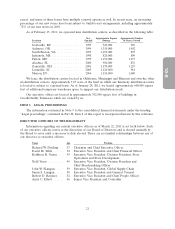 99
99 -
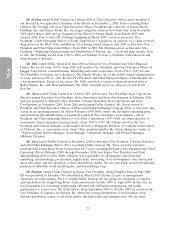 100
100 -
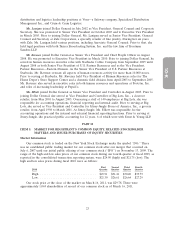 101
101 -
 102
102 -
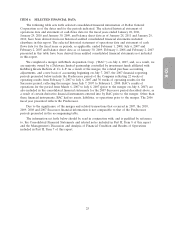 103
103 -
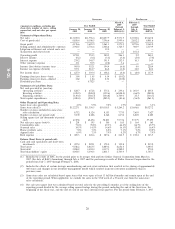 104
104 -
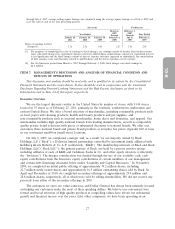 105
105 -
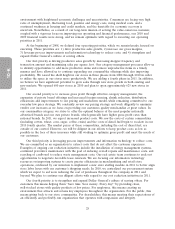 106
106 -
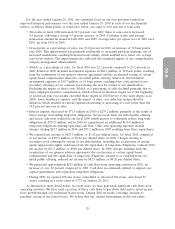 107
107 -
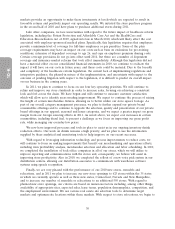 108
108 -
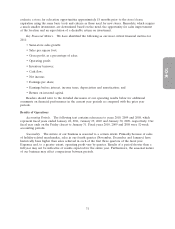 109
109 -
 110
110 -
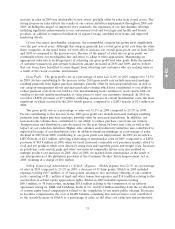 111
111 -
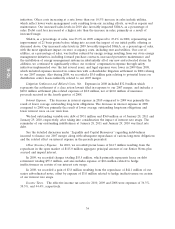 112
112 -
 113
113 -
 114
114 -
 115
115 -
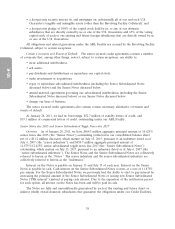 116
116 -
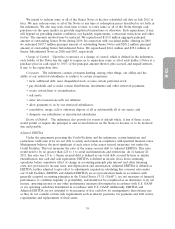 117
117 -
 118
118 -
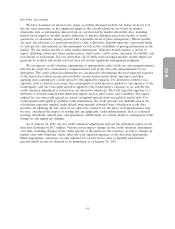 119
119 -
 120
120 -
 121
121 -
 122
122 -
 123
123 -
 124
124 -
 125
125 -
 126
126 -
 127
127 -
 128
128 -
 129
129 -
 130
130 -
 131
131 -
 132
132 -
 133
133 -
 134
134 -
 135
135 -
 136
136 -
 137
137 -
 138
138 -
 139
139 -
 140
140 -
 141
141 -
 142
142 -
 143
143 -
 144
144 -
 145
145 -
 146
146 -
 147
147 -
 148
148 -
 149
149 -
 150
150 -
 151
151 -
 152
152 -
 153
153 -
 154
154 -
 155
155 -
 156
156 -
 157
157 -
 158
158 -
 159
159 -
 160
160 -
 161
161 -
 162
162 -
 163
163 -
 164
164 -
 165
165 -
 166
166 -
 167
167 -
 168
168 -
 169
169 -
 170
170 -
 171
171 -
 172
172 -
 173
173 -
 174
174 -
 175
175 -
 176
176 -
 177
177 -
 178
178 -
 179
179 -
 180
180 -
 181
181 -
 182
182 -
 183
183 -
 184
184 -
 185
185 -
 186
186 -
 187
187 -
 188
188 -
 189
189 -
 190
190 -
 191
191 -
 192
192 -
 193
193 -
 194
194 -
 195
195 -
 196
196
 |
 |

10-K
evaluate a store for relocation opportunities approximately 18 months prior to the store’s lease
expiration using the same basic tools and criteria as those used for new stores. Remodels, which require
a much smaller investment, are determined based on the need, the opportunity for sales improvement
at the location and an expectation of a desirable return on investment.
Key Financial Metrics. We have identified the following as our most critical financial metrics for
2011:
• Same-store sales growth;
• Sales per square foot;
• Gross profit, as a percentage of sales;
• Operating profit;
• Inventory turnover;
• Cash flow;
• Net income;
• Earnings per share;
• Earnings before interest, income taxes, depreciation and amortization; and
• Return on invested capital.
Readers should refer to the detailed discussion of our operating results below for additional
comments on financial performance in the current year periods as compared with the prior year
periods.
Results of Operations
Accounting Periods. The following text contains references to years 2010, 2009 and 2008, which
represent fiscal years ended January 28, 2011, January 29, 2010 and January 30, 2009, respectively. Our
fiscal year ends on the Friday closest to January 31. Fiscal years 2010, 2009 and 2008 were 52-week
accounting periods.
Seasonality. The nature of our business is seasonal to a certain extent. Primarily because of sales
of holiday-related merchandise, sales in our fourth quarter (November, December and January) have
historically been higher than sales achieved in each of the first three quarters of the fiscal year.
Expenses and, to a greater extent, operating profit vary by quarter. Results of a period shorter than a
full year may not be indicative of results expected for the entire year. Furthermore, the seasonal nature
of our business may affect comparisons between periods.
31
